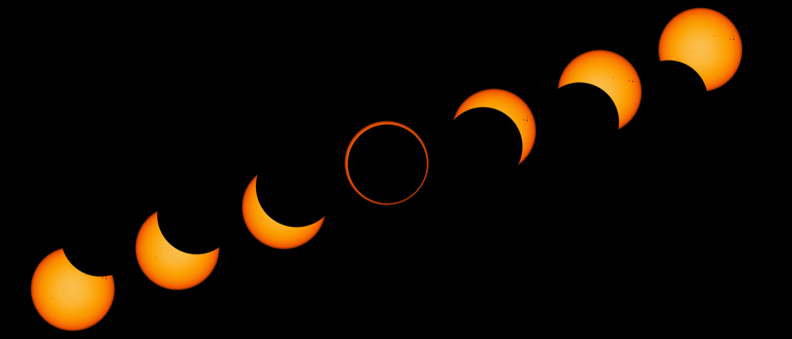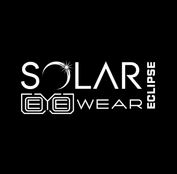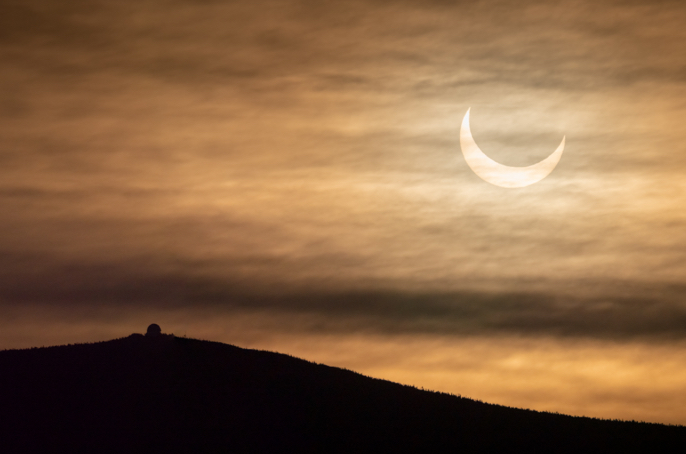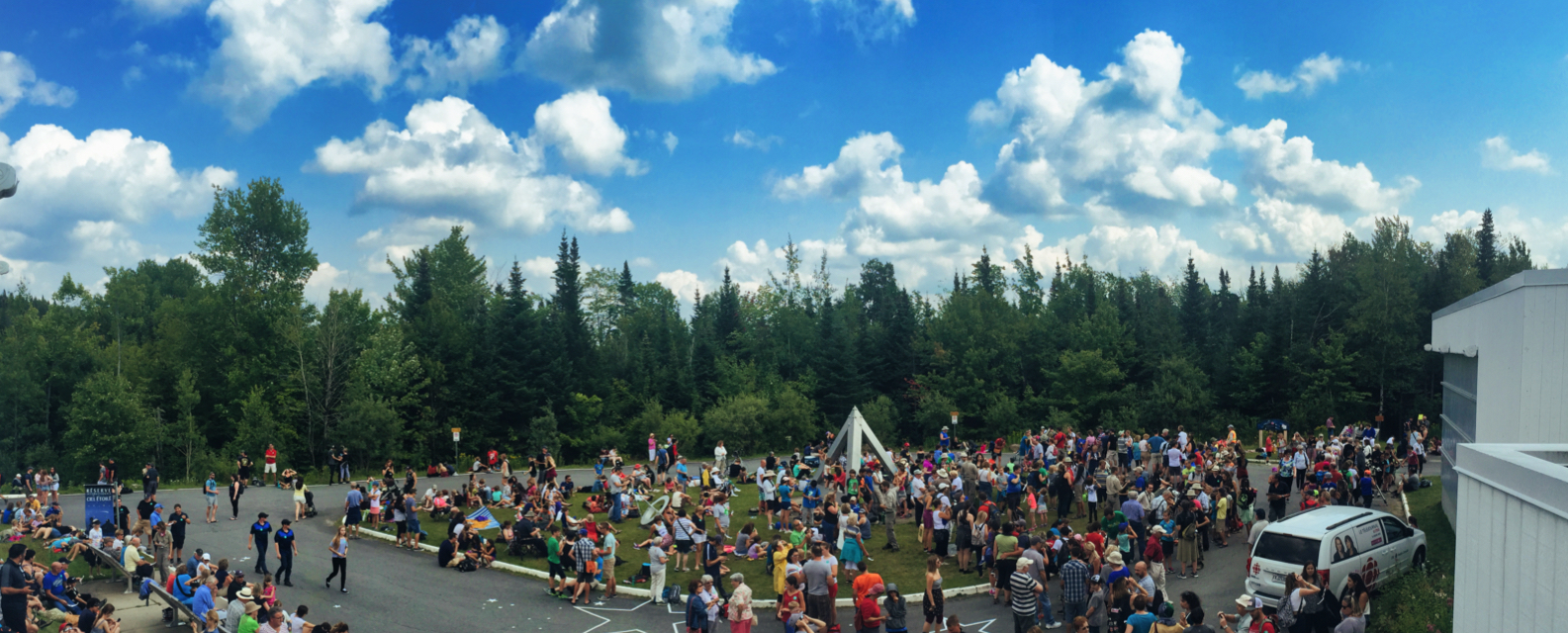

Your eyes will thank you
The Sun is a powerful energy source! It should be treated with caution and respect.
Whatever the circumstances, you can damage your retinas by looking directly at the Sun for more than a few seconds. Protected by instinct, human beings naturally turn away from intense sunlight.
But because of the decrease in ambient light during a solar eclipse, this impulse becomes much less effective. The spectacular nature of the phenomenon also attracts attention—and the eye. Still, during daylight hours, any portion of the Sun not hidden by the Moon remains dangerous for the retina. In other words, you’re at increased risk of damaging your eyes during the partial phase of an eclipse. It’s not that the Sun is more dangerous than normal. It’s that curious skywatchers are more likely to stare at it!
The total phase is the only time when you can safely look directly at a solar eclipse without using eye protection. In fact, we highly recommend it! There’s no need to miss this captivating astronomical event. You’ll be sorry if you do!
Fortunately, there are some simple ways to protect yourself.


How to protect yourself
ECLIPSE GLASSES
Eclipse glasses provide the easiest way of protecting your eyes. Their filtered lenses, which are almost completely opaque, make it possible to look at the Sun for up to a few minutes at a time, any time of the year. Always make sure that the filter is fully intact. There should be absolutely no holes, cracks or peeling.
Eclipse glasses are affordable and, when handled with care, will hold up to years of solar observations!
They make the Sun look like a small orange moon. Keep them on throughout the partial phase of an eclipse. You can remove them during the total phase.
Be sure to get hold of eclipse glasses well in advance. From experience, we know that they’ll be in short supply in the days leading up to the eclipse on April 8, 2024!
And remember that ordinary sunglasses aren’t suitable for viewing an eclipse. They’re not nearly opaque enough to protect your eyes.


QUEBEC RETAILERS
Here are a few places where you can buy eclipse glasses in Quebec
INDIRECT OBSERVATION
The most inexpensive way to safely observe the Sun is to do so indirectly, through projection. Basically, you’ll need two surfaces. One will serve as a viewing screen. Make a very small hole in the other.
Following the laws of optics, the hole will act like a small camera lens, projecting an image of the eclipsed Sun onto the opposite surface. Traditionally made from a shoebox, pinhole viewers like these can be constructed in a variety of ways. You just need to follow the same underlying principle. Building an eclipse box can be a fun and creative science activity.


ADAPTED TELESCOPES
Want to take things a step further? You can carry out more advanced observations using a telescope. However, you’ll need to modify your equipment before pointing it at the sun. The associated costs can be significant, so budget accordingly!
In the case of an ordinary telescope, a special filter can often be installed in front of the aperture to allow for safe solar observation. Consult your telescope’s instruction manual to see if this is possible. If so, be sure to get a quality filter designed for the exact model and approved by the manufacturer. Never install a solar filter directly on the eyepiece. Not only can concentrated solar heat severely damage the telescope’s internal parts, but it also poses a danger to the user. And never look directly at the Sun through binoculars or a telescope: this is even more dangerous than doing so with the naked eye!
